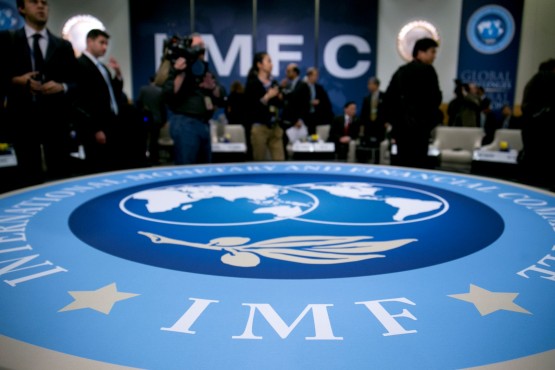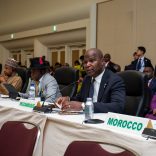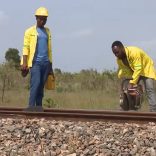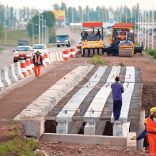TICAD | Mozambique: President Chapo defends partnership with Japan focused on the Nacala Corridor ...
Mozambique at a critical point

Mine Web /File photo)
Until very recently, Mozambique was the star performer in SSA (sub-Saharan Africa), with growth averaging above 7% per annum for almost a decade. A truly incredible growth story driven by oil and gas exploration, a diverse commodity base that included coal, heavy sands, natural gas, gold, phosphates and rare earths, a range of precious stones and a stalwart aluminium smelter mega-project (Mozal), attracted major global mining and energy players including BHP Billiton, Vale, Rio Tinto, Sason, Anadarko and the electricity-hungry Eskom.
Despite the poor infrastructure, railways in dire need of refurbishing, ports requiring dredging and building, investment continued to flow into Mozambique’s mining and oil and gas sectors, and all the while the sidelined opposition, Renamo, cried ‘foul play’.
However, in 2015, the effects of the depressed commodity cycle finally hit and in December last year Mozambique required a $286m IMF loan. By early 2016, the economy had deteriorated rapidly, and by June 2016:
o a rapidly weakening currency
o very little foreign currency available
o More than one billion US dollars of undisclosed debt
o Donor funding cut
o IMF funding cut
o Double digit inflation
o Increased Renamo mobilisation
o Refugees fleeing
o And social and political strife
So what does this mean for the mining and oil and gas sectors?
There are certainly easier countries in which to mine in SSA, with attractive reserves, better infrastructure and far less turmoil – Tanzania, Ghana, Namibia, Botswana and Uganda come to mind. But the appeal of Mozambique remains – abundant resources, a +3000km coastline supporting West to East corridors and a resilient albeit impoverished population.
The future of Mozambique now hangs in the balance. The socioeconomic and political will either improve soon or become a lot worse.
And the catalysts are the following:
1. Commodity prices
2. IMF support
3. Donor support
2. and 3. depending on government’s cooperation in respect of the undeclared loans, transparency and an agreed fiscal and economic roadmap for the future.
The IMF was in Mozambique last week meeting with government and deciding its role in the future of Mozambique – an announcement is expected sometime this week.
This is a watershed moment for Mozambique –the decision really can go either way. Good sense tells us it is all going to be ok, but good sense has been wrong before.
Assuming that the IMF visit has a positive outcome, i.e. a continuation of the IMF programme, then Mozambique should realise increased foreign direct investment into its extractive sector, and the pressure may be off. Global energy prices seem to be increasing, albeit far from previous highs, but at least these are moves in the right direction.
The coking coal sector should be depressed for another decade owing to surplus steel stocks, however, but Mozambique also has niche commodities as well, including bauxite, graphite and tantalum.
If the IMF refuses to finance the Mozambique government to support Mozambique, the country could very well spiral into a severe economic decline, growth could turn negative, and we suspect that it could be years before things improve. The abundant deposits will once again remain unexploited for years to come.
But there is one certainty whatever happens – the bountiful commodity resources are not going anywhere.
By: Lara Smith (Core Consultants)












Leave a Reply
Be the First to Comment!
You must be logged in to post a comment.
You must be logged in to post a comment.